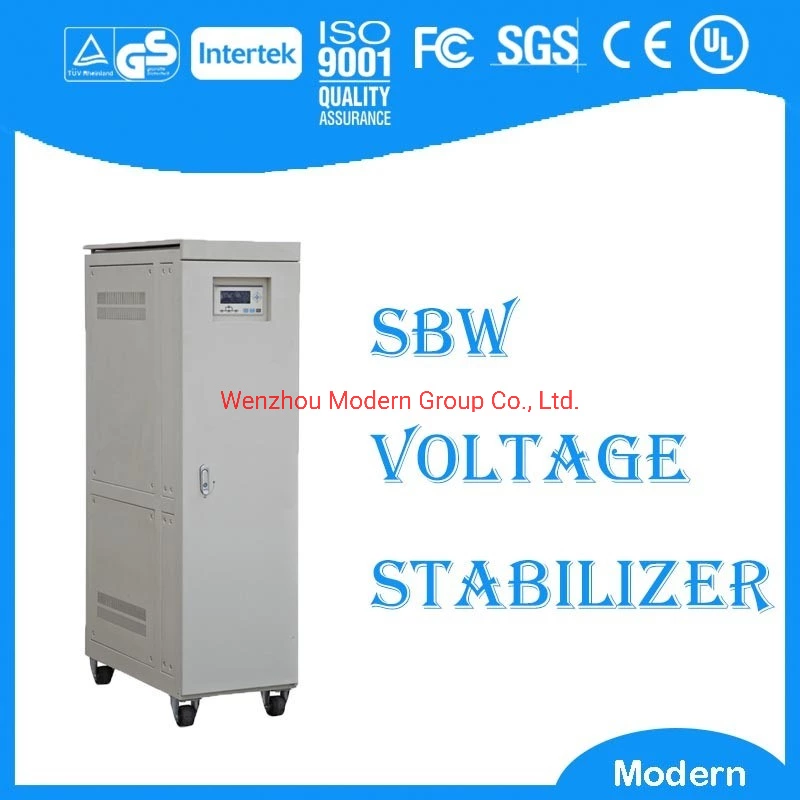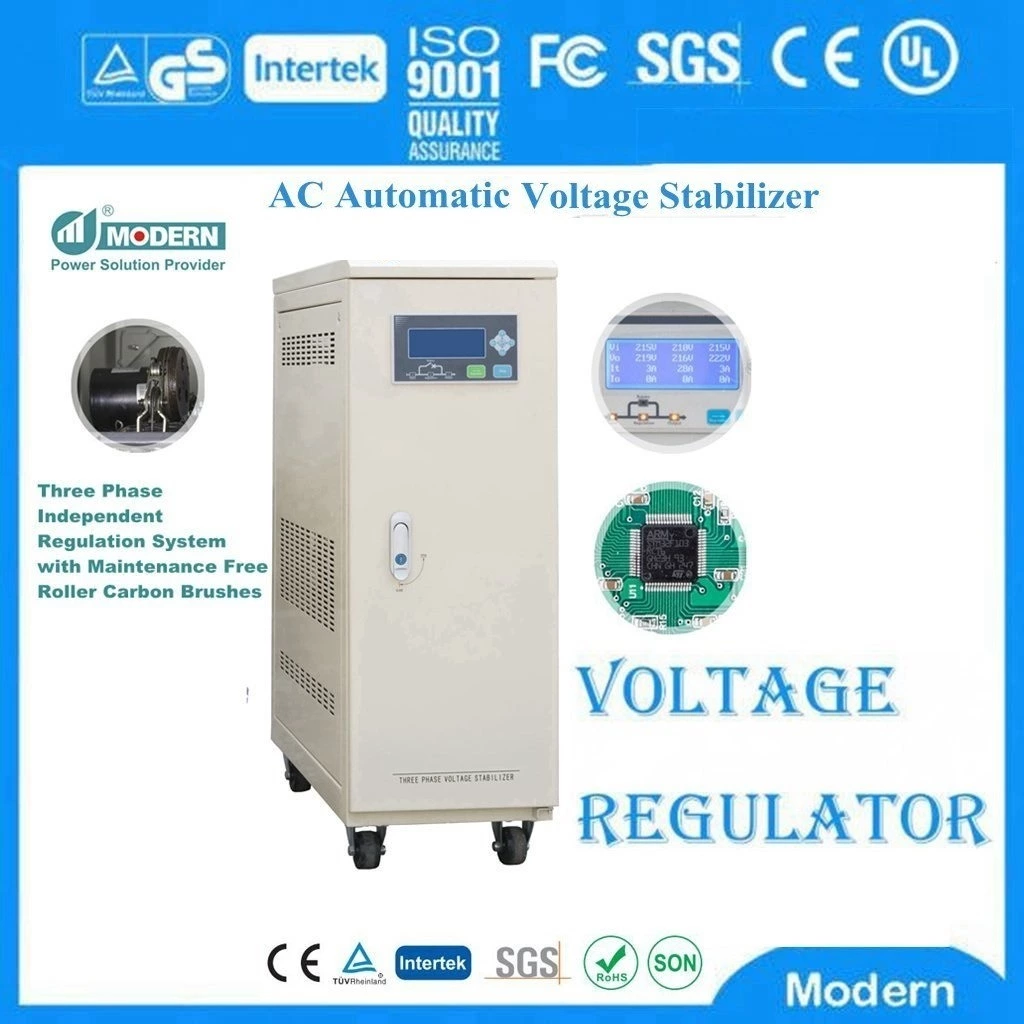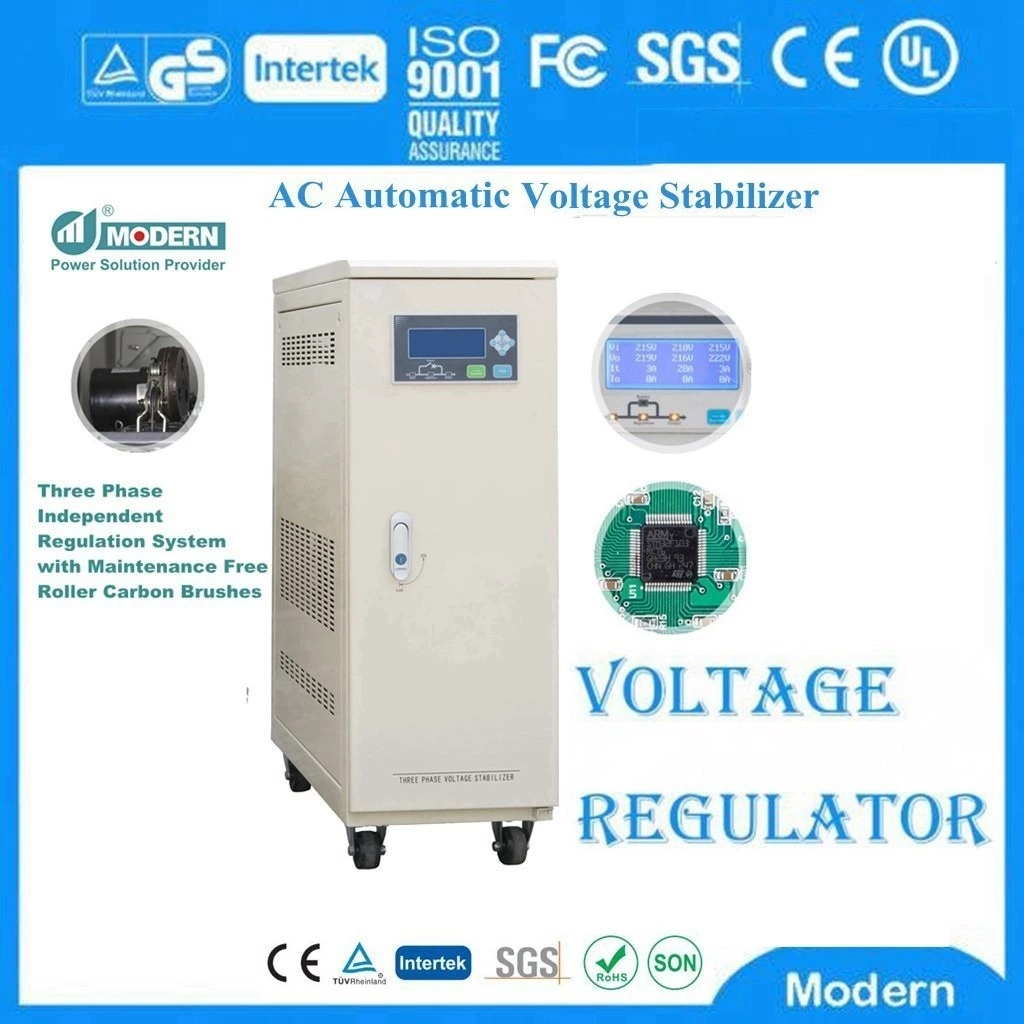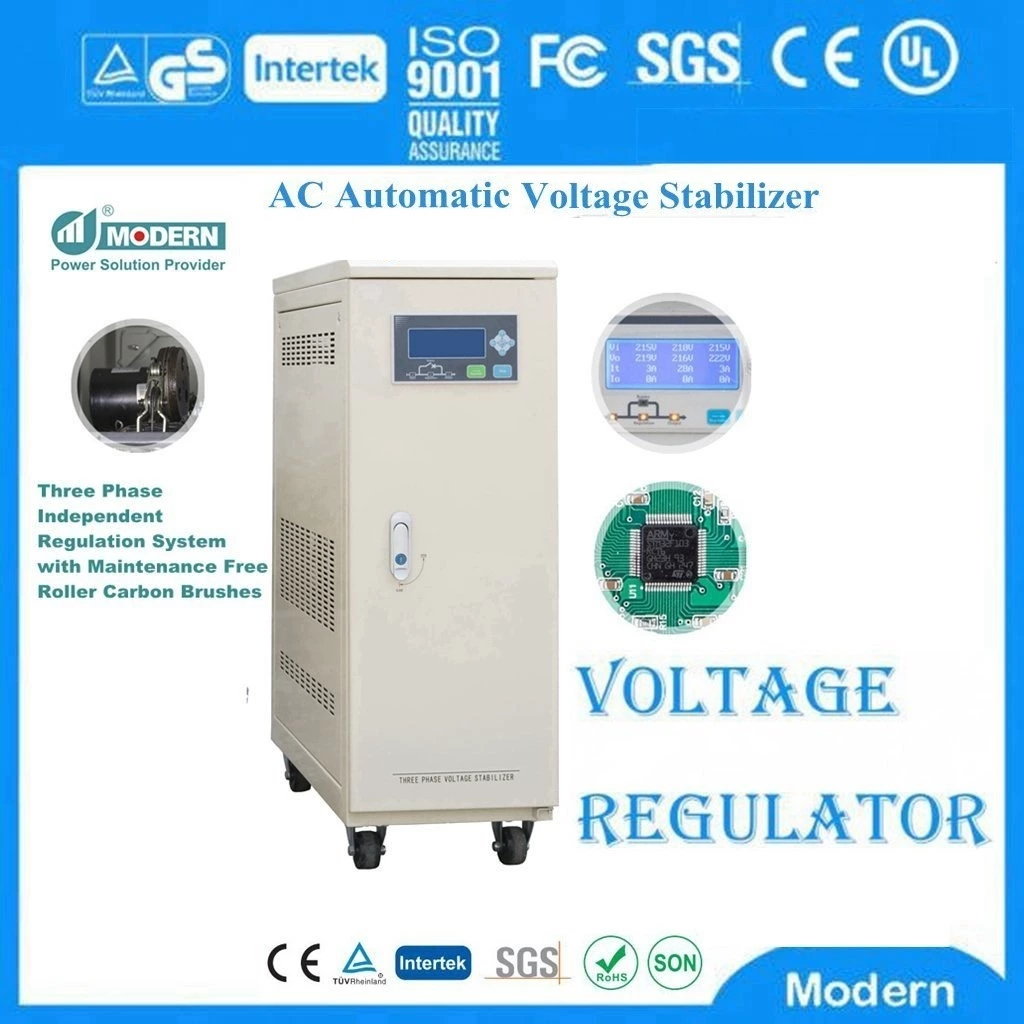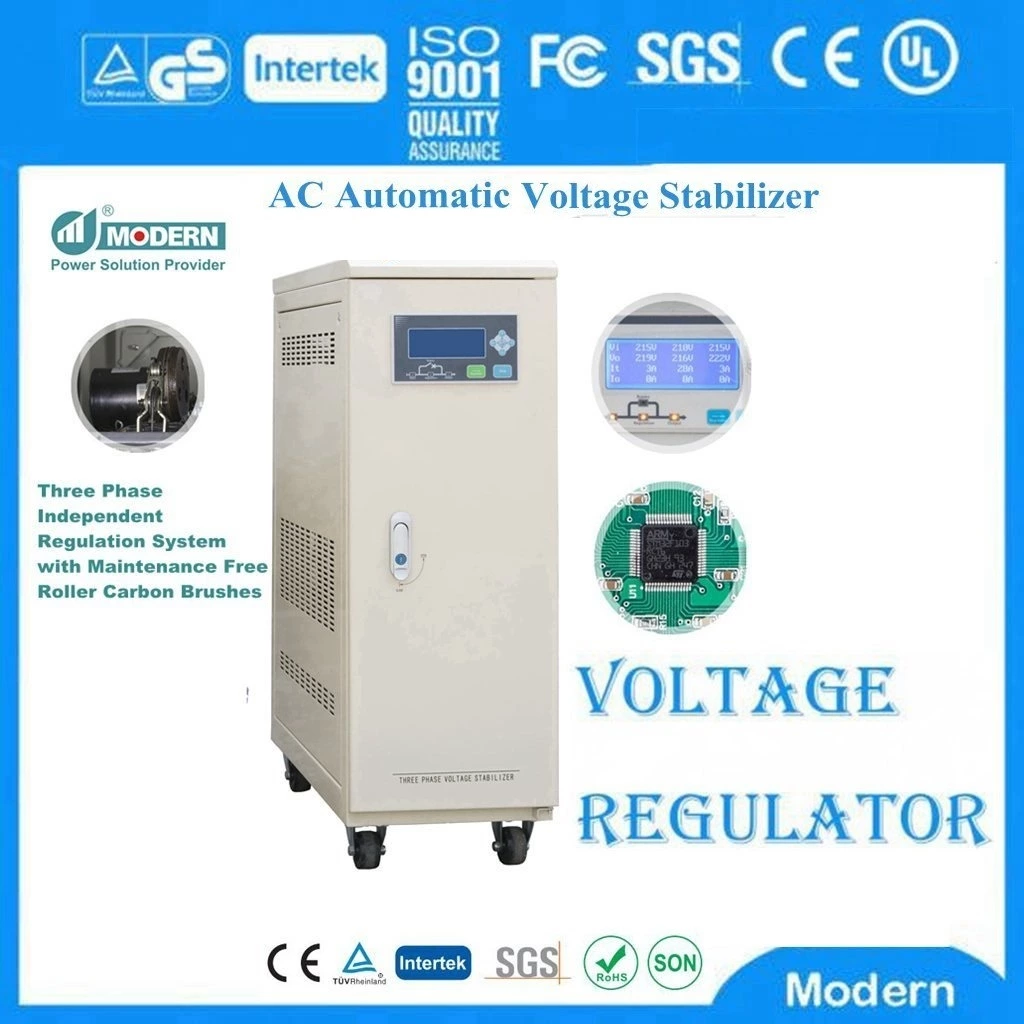The Series Bus Topology Adopts The Fixed Voltage Design Concept.
The series bus topology adopts the design concept of fixed voltage. In simple terms, the inverter control board determines a stable DC bus voltage based on the AC terminal voltage, and summarizes the maximum power collected by each series Voltage Optimiser, and then calculates the line current and transmits it to the optimizer through Zigbee wireless or PLC. At this time, the voltage at the output of each optimizer is equal to the maximum power of the collected component divided by the line current. When the component is blocked, the optimizer will re-determine the maximum output power value based on the IV curve and transmit it to the inverter control board through Zigbee wireless or PLC. Under the premise of maintaining the DC bus voltage unchanged, the control board will recalculate the line current (become smaller) and feedback to each optimizer. At this time, the power of the blocked component is reduced, and the optimizer will also reduce the voltage to confirm that the output current meets the standard. The optimizers of other unblocked components will increase the voltage to meet the output current standard. If the component is shaded too severely, the voltage optimizer will bypass the component until it recovers to a working state. This regulation is actually a voltage compensation process, thereby providing the optimal DC terminal voltage to stabilize the inverter H-bridge.
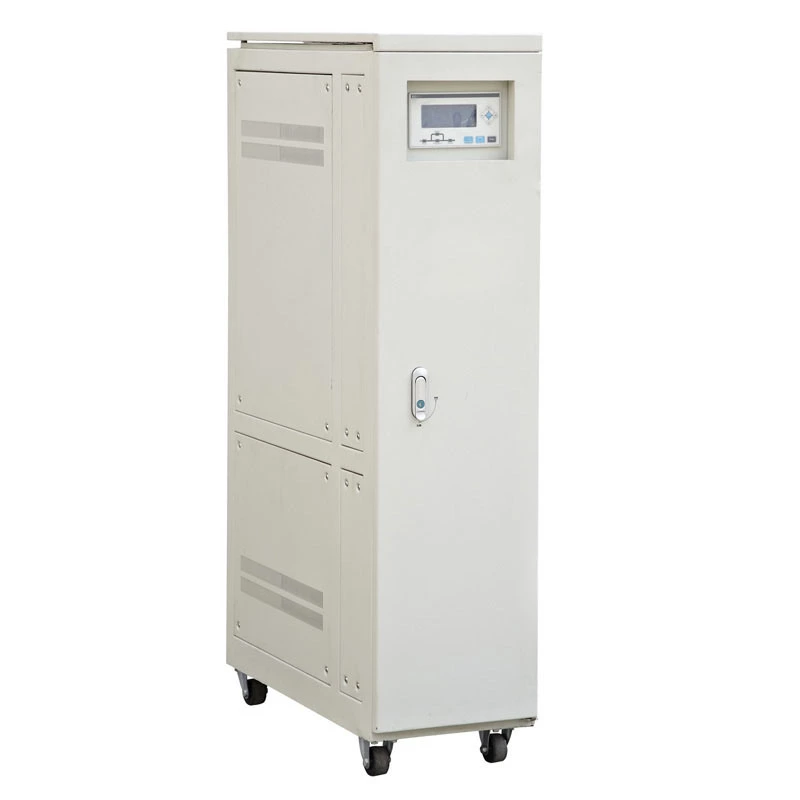
 Русский
Русский
 Français
Français
 Português
Português
 Español
Español
 اللغة العربية
اللغة العربية
